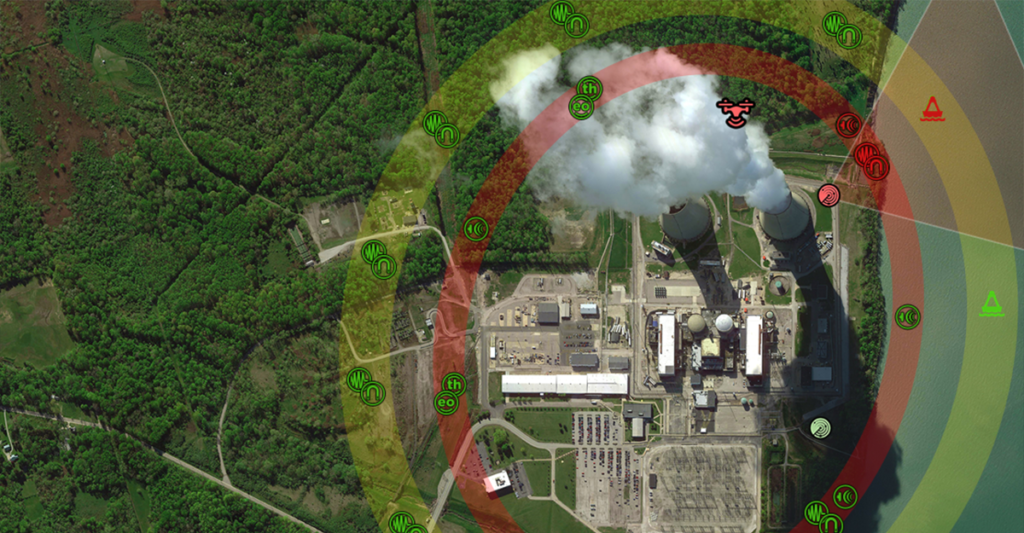Unattended ground sensors from multiple manufacturers, fused and normalized for sensor cueing to minimize false positives and accelerate detection time
Today’s unattended ground sensors (UGS) consist of various sensor technologies that are tightly integrated to deploy and perform the given task such as target detection, location, and recognition. These ground sensors are generally small, robust, and can be considered “disposable” in many cases given their low cost and can operate in the field for extended periods after deployment. These sensors are capable to transmit target and/or intrusion information back to the remote operator or PED process. These unattended ground sensor devices are used to support various mission tasks that include border patrolling, surveillance, perimeter defense, technical collection, situation awareness, and target acquisition.
Sample systems include those that employ various sensor modalities including seismic, acoustic, magnetic, and pyroelectric transducers, daylight imagers and passive infrared imagers to automatically detect the presence of persons or vehicles, and transmit activity reports or imagery via terrestrial broadband (i.e. T-Mobile’s 5G network), radio-frequency (RF), and in some cases, satellite communications (SATCOM) links where detection can be sent to a remote processing, exploitation, and dissemination (PED) station. The systems are packaged for concealed emplacement in the field and for long-duration unattended operation.
New low-cost and “disposable” UGS can monitor urban choke points such as rooms, halls, attics, basements, sewers, culverts, tunnels, caves, and alleyways. They can be hand-emplaced by the warfighter or autonomous vehicles either inside or outside buildings and structures. When a platoon or squad clears a building, UGS can also be left behind to perform surveillance that would otherwise require dedicated soldiers.
Optimized and “next generation” persistent surveillance functions are now relying on the use of best-in-class technologies and sensors versus monolithic, single platform sensors. The challenge with this approach is that multiple curtains of detection may drive 20 or more sensor types, from 20 or more manufacturers, using 20 or more communications paths, with 20 or more data formats. Worst still, the wide array of sensors forces analysts to look across 20 or more “applications†to make sense of what is going on in a single area of detection. This “flipping” between disparate user interfaces which degrades detection and reaction time. Edge-based processing and fusion of these best-in-class (in some cases, hastily formed) sensor arrays is made possible by BlueforceEDGE which fuses, cues, and can orchestrate autonomous action. Better still, the fusion of these sensors into a single packet eliminates silos of IoT thereby enabling “single pane of glass” visualizations for analysts and commanders.
BlueforceEDGE not only provides a platform to ingest and normalize disparate sensor data schemas using software plugins, but also exposes our Inter-Process Messaging (IPM) bus which enables orthogonal sensor cueing where multiple sensors work in concert to make sense of detections before they are disseminated for action, orchestration, and even drone-based overwatch.
To learn more, download our Internet of Battlefield Things (IoBT) eBook, or request contact using our Contact Me form.
Download eBook